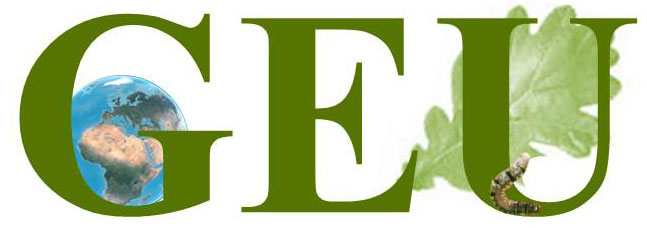
The African continent is facing one of the driest periods in the past three decades and continuing deforestation. The forests and savannahs of Africa have attracted particular attention because both climate change and land-use pressure have large impacts on the carbon stocks of woody vegetation, with immediate consequences for the global carbon balance.
In a new study in the journal Nature Ecology and Evolution scientists used a new satellite data set based on vegetation optical depth derived from low frequency passive microwaves (L-VOD) to quantify annual aboveground woody carbon changes in sub-Saharan Africa between 2010 and 2016.
“Recent work showed that the number of trees in global drylands has been greatly underestimated: a carbon stock neglected in global assessments. Knowledge of the amount, distribution, and turnover of carbon in African vegetation is crucial for understanding the effects of human pressure and climate change, but the shortcomings of optical and radar satellite products and the lack of systematic field inventories have led to considerable uncertainty in documenting patterns of carbon stocks, and their long-term change over the African continent”, said Dr. Martin Brandt from University of Copenhagen.
In this study, authors apply for the first time L-VOD to quantify the inter-annual dynamics of aboveground carbon stocks for the period 2010-2016. “Based on calibrated relationships between L-VOD and an existing benchmark map we present and analyse temporal patterns of gains and losses in different humidity zones of sub-Saharan Africa in response to recent dry years”, said Dr. Martin Brandt from University of Copenhagen.
The overall net change in carbon stocks in drylands was -0.07 Pg C y-1 associated with drying trends, and a net change of -0.03 Pg C y-1 was observed in humid areas. These trends reflect a high inter-annual variability with very wet years (2011 and 2013; net changes +0.33 and +1.13 Pg C) and a very dry year (2015; net change -1.1 Pg C) associated with carbon gains and losses respectively.
“In this study we demonstrate, first, the applicability of L-VOD to monitor the dynamics of carbon loss and gain due to climate variations, and second, the importance of the highly dynamic and vulnerable carbon pool of dryland savannahs for the global carbon balance, despite the relatively low carbon stock per unit area”, said Prof. Josep Peñuelas from CREAF-CSIC Barcelona.
For the authors this study thereby highlights the importance of timely monitoring of both tropical deforestation and the highly dynamic woody carbon stocks of savannah ecosystems for assessments of global carbon stocks.
Journal Reference: Brandt, M., Wigneron, J., Chave, J., Tagesson, T., Penuelas, J., Ciais, P., Rasmussen, K., Tian, F., Mbow, C., Al-Yaari, A., Rodriguez-Fernandez, N., Schurgers, G., Zhang, W., Chang, J., Kerr, Y., Verger, A., Tucker, C., Mialon, A., Vang Rasmussen, L., Fan, L., Fensholt, R. 2018. Satellite passive microwaves reveal recent climate-induced carbon losses in African drylands. Nature Ecology & Evolution, doi: 10.1038/s41559-018-0530-6.
